The year 1990 was a world apart from today, with habits and technologies that would seem alien or even alarming in our modern context. From the way we communicated to how we entertained ourselves, the norms of the early ’90s were distinctively different. Let’s explore eight things that were completely ordinary back then but could potentially cause mass hysteria in today’s society.
1. Smoking Indoors
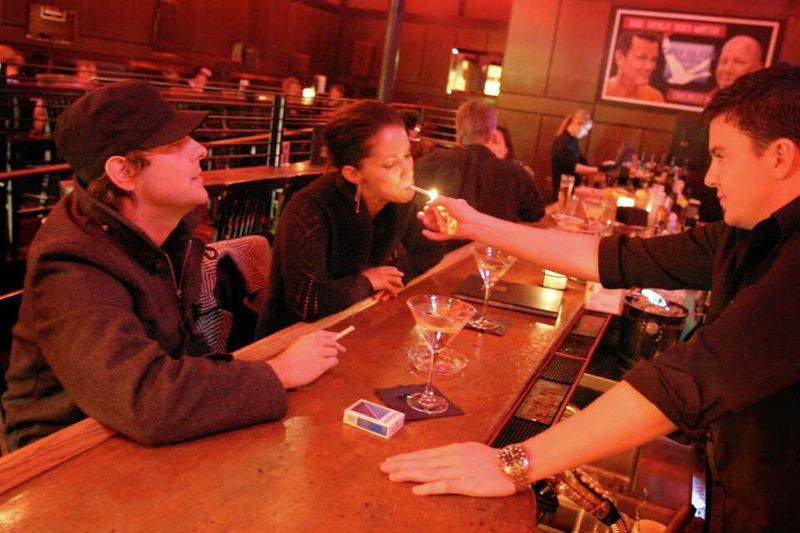
Imagine a time when dining meant being surrounded by a haze of smoke. In 1990, smoking indoors at restaurants and bars was typical. Non-smokers had to endure second-hand smoke without much complaint. This was before the widespread smoking bans we see today.
The health risks associated with passive smoking were not as well understood or emphasized. Today, the idea of lighting up a cigarette in a closed public space would be met with outrage and likely lead to legal action.
Society’s awareness of health issues has drastically changed since then.
2. Landline Phones
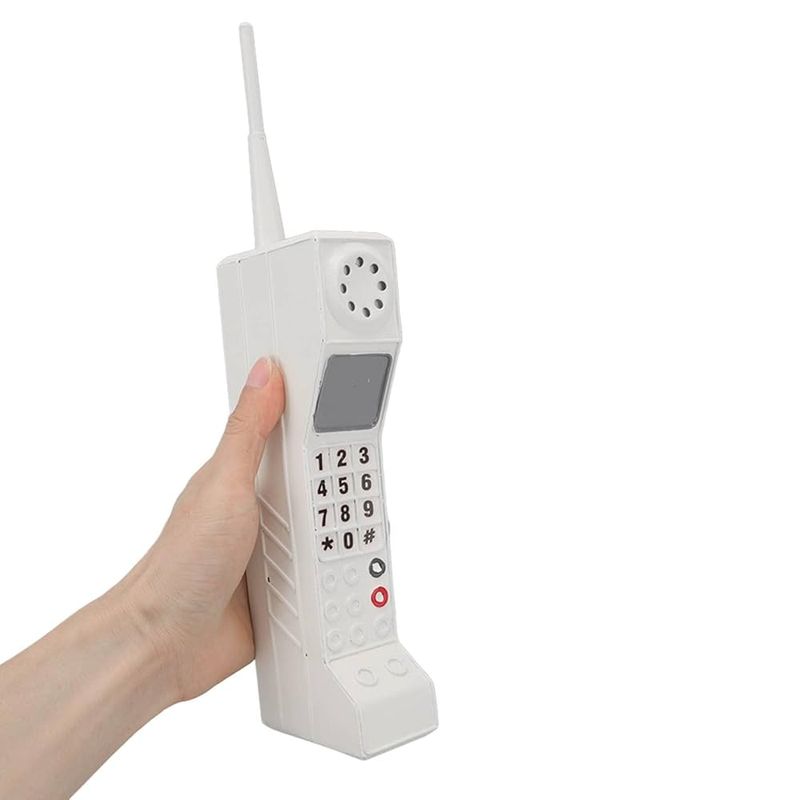
Remember the time when a single phone call could mean everyone in the house was involved? In 1990, landline phones reigned supreme. Families shared one phone line, and privacy was a luxury.
Cordless and mobile phones were rare, and the idea of carrying a phone in your pocket was futuristic. People couldn’t imagine the need for instant communication at all times.
Today, a landline is nearly obsolete, seen as a relic of a less connected era, causing bewilderment among those born in the digital age.
3. Video Rental Stores

Picture families flocking to video rental stores every weekend. In 1990, renting VHS tapes was a common ritual. Streaming services were unheard of, and owning a vast movie library was impractical.
The anticipation of finding a new release was part of the charm. Today, the convenience of digital streaming makes the concept of physical rentals seem cumbersome.
The transformation in how we consume media reflects broader technological shifts and changing consumer habits, where instant access and on-demand content are the norms.
4. Maps and Atlases
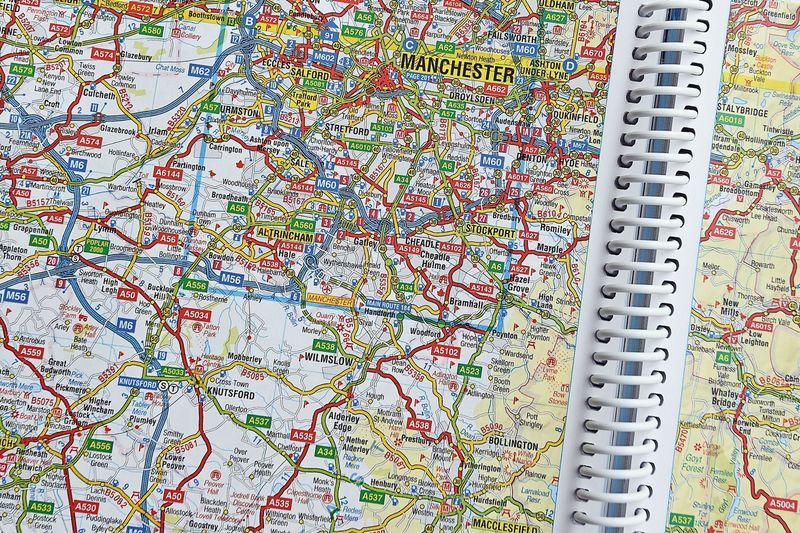
Navigating without GPS was an art form in 1990. Travelers relied on physical maps and atlases to find their way. Getting lost was part of the adventure, and asking for directions was common.
Smartphones and GPS devices have rendered paper maps almost obsolete, with real-time traffic updates and easy rerouting.
For many today, the idea of planning a trip solely with a paper map seems daunting. The shift from physical to digital navigation highlights our increasing reliance on technology.
5. Payphones
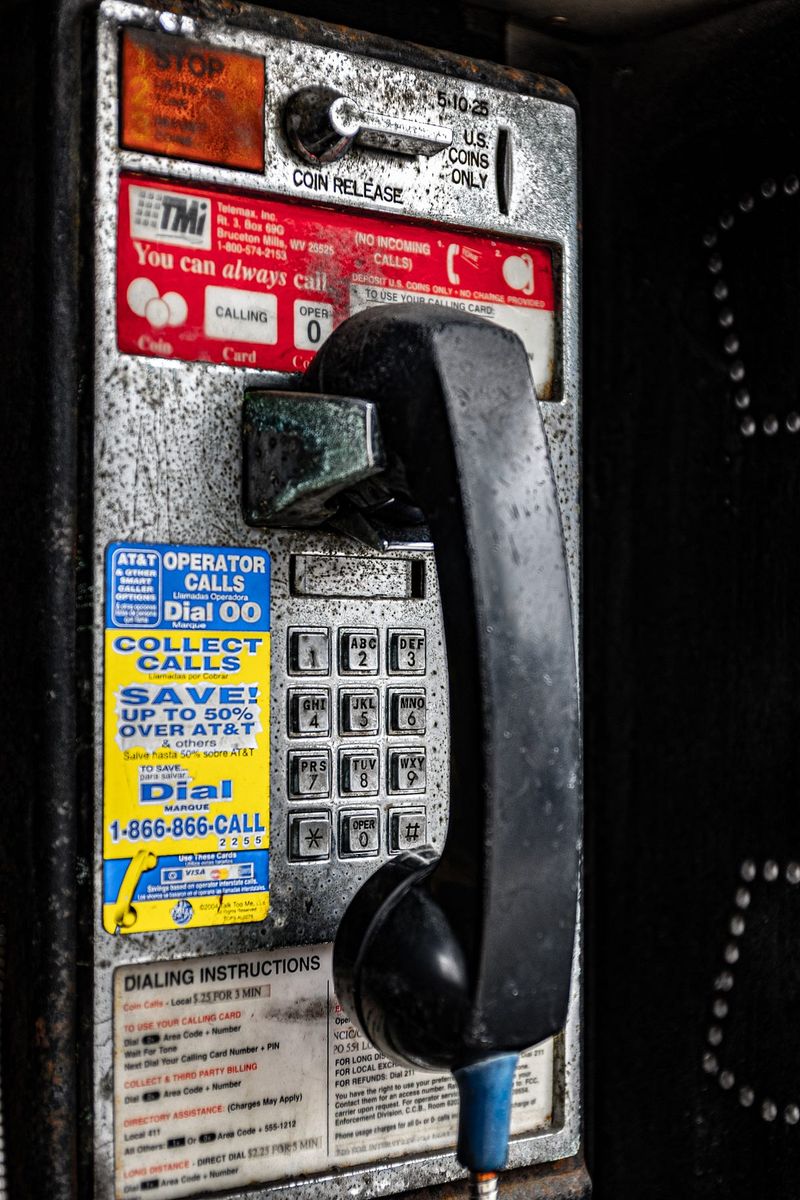
Once ubiquitous, payphones dotted every street corner in 1990. They were the lifelines for communication on the go, requiring coins to operate.
With the advent of mobile phones, payphones have slowly disappeared, viewed now as inconvenient relics.
The transformation is a testament to how rapidly communication technology has evolved, making the idea of waiting for a phone booth seem archaic. Younger generations might see them only in movies or as historical artifacts.
6. Cassette Tapes
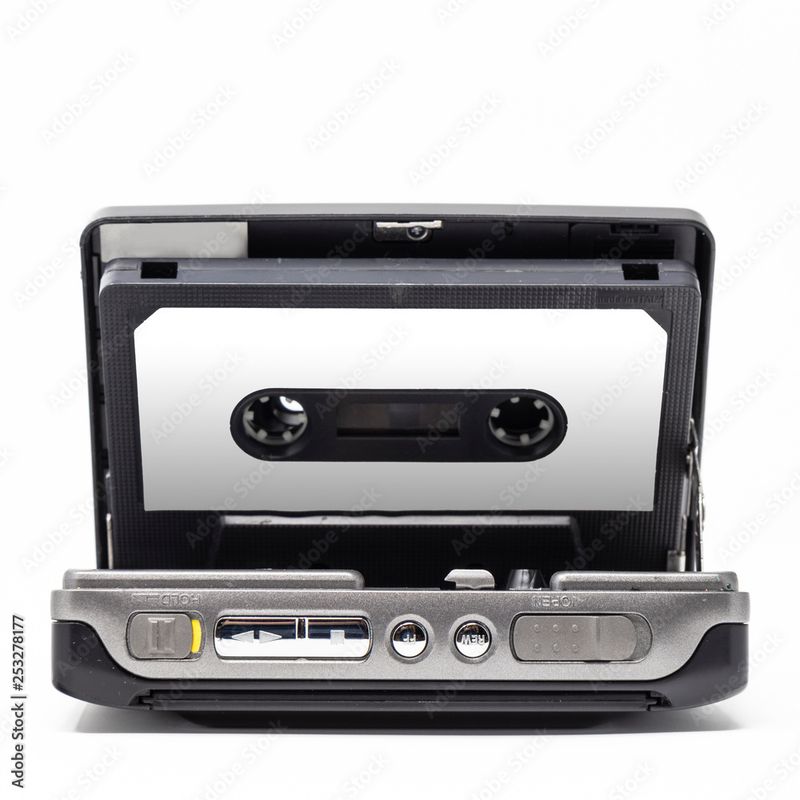
Cassette tapes were the lifeblood of music lovers in 1990. Creating mixtapes required time and effort, often using a pencil to rewind tapes.
The analog nature of cassettes is a stark contrast to today’s digital downloads and streaming services.
The resurgence of vinyl has sparked some nostalgia, but cassettes remain largely a memory. Today’s instant access to vast music libraries would certainly bewilder anyone from the ’90s, highlighting the drastic change in how we enjoy music.
7. Encyclopedias

The ’90s were a time when encyclopedias were the main sources of information for families. Owning a set was a sign of intellectual pursuit.
The internet has since replaced these hefty volumes, offering instant access to information. The idea of flipping through pages for answers seems laborious now.
This shift illustrates the rapid advancement in information accessibility, and how knowledge acquisition has been transformed by the digital age.
8. Dial-up Internet
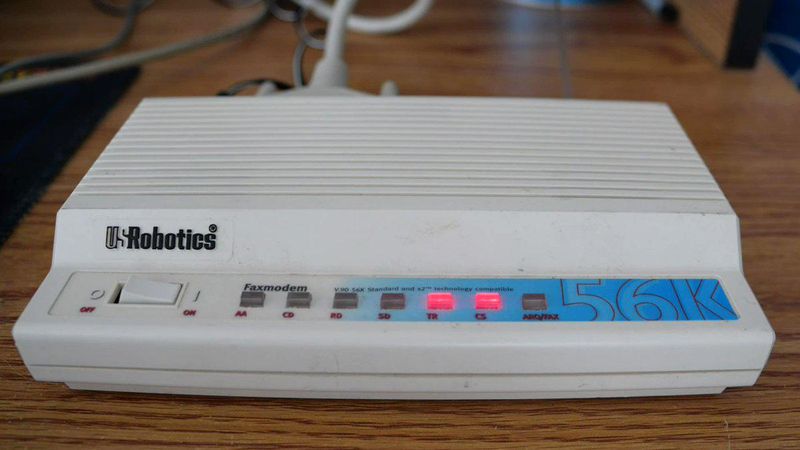
In the early days of the internet, dial-up connections were the norm. The distinctive modem sound was a household staple.
Internet speed was slow, and tying up the phone line was a common inconvenience. Patience was required as pages loaded gradually.
The contrast with today’s high-speed internet is stark. Instant connectivity and Wi-Fi freedom were inconceivable back then, showing just how far we’ve come in terms of technological progress.

